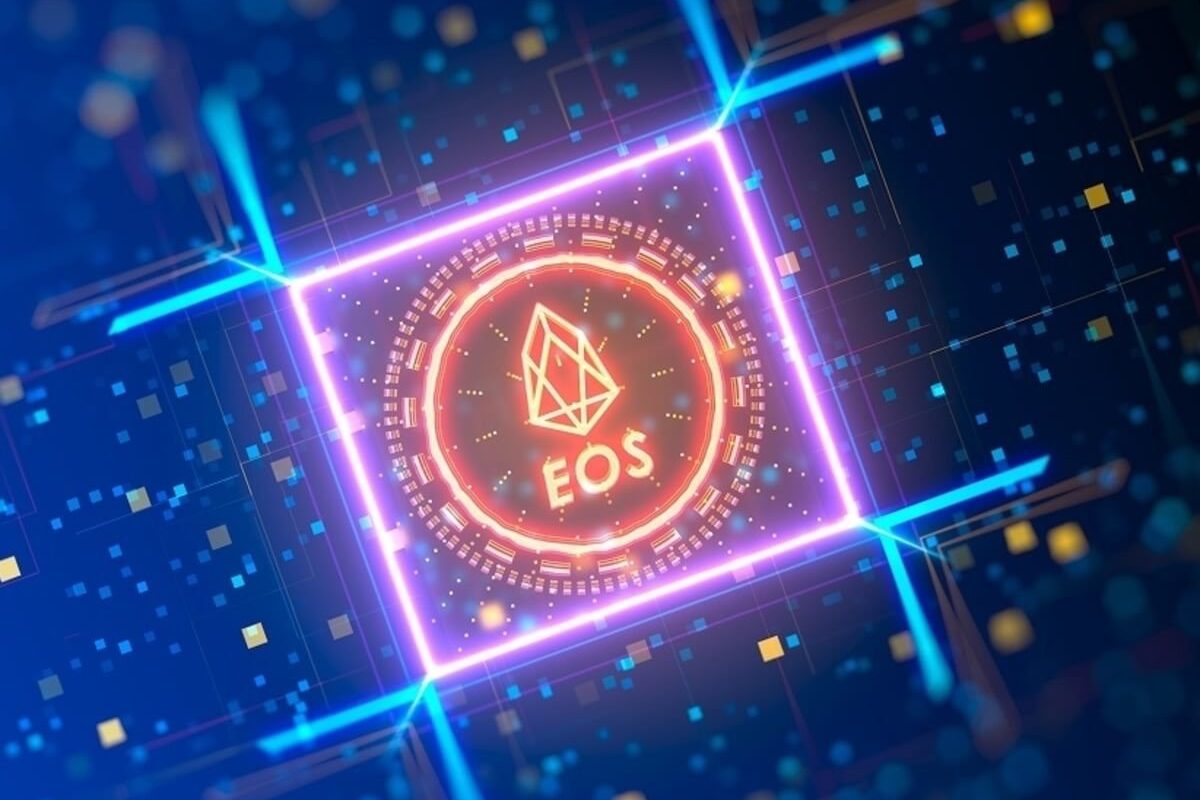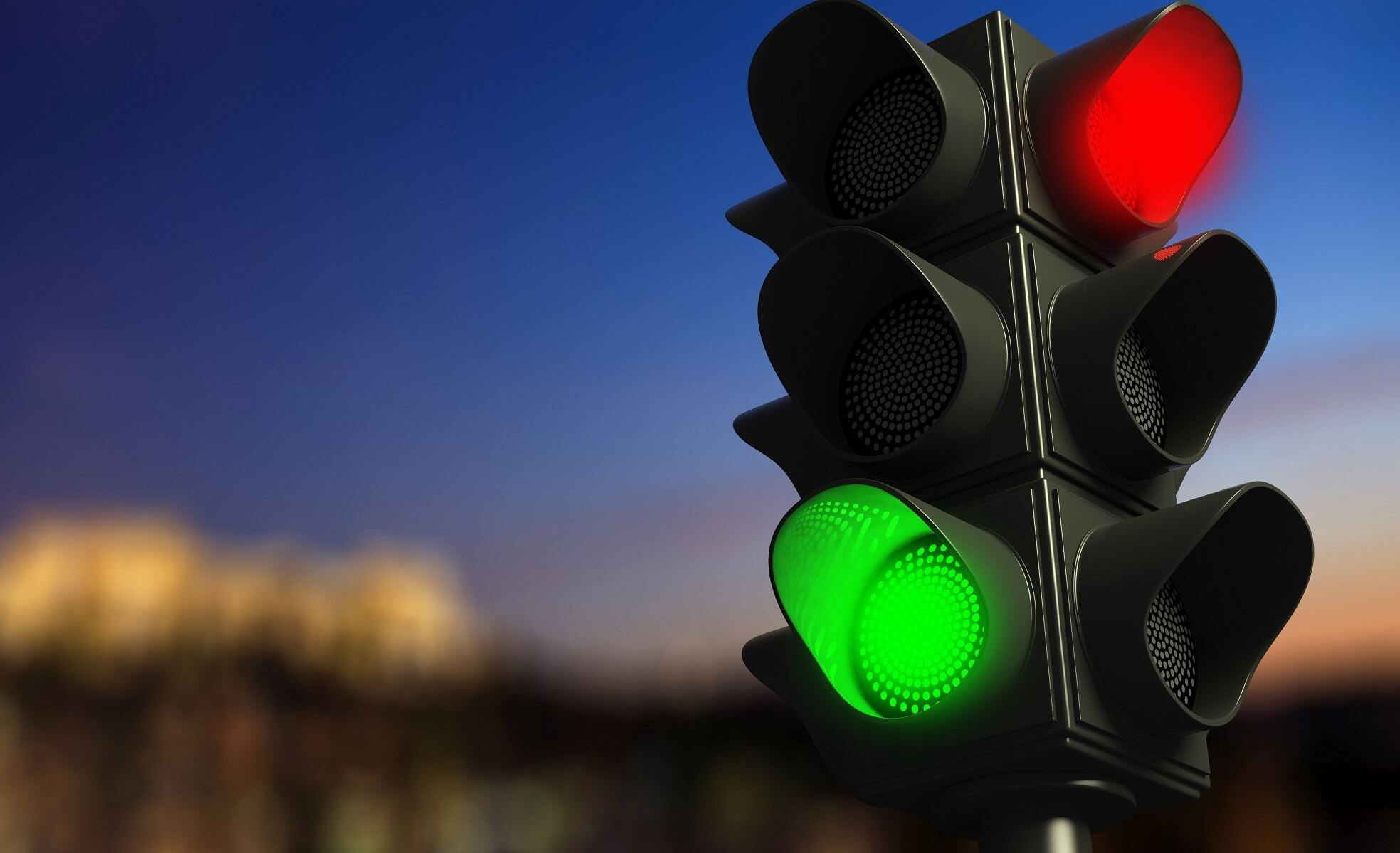15 Hard Questions To EOS (Part I)
After a number of delays and teething problems, the EOS mainnet is finally live. Its launch benefitted from the biggest initial coin offering (ICO) of all time, but despite aiming to build the world’s leading platform for decentralised applications (Dapps), it’s been criticised from some quarters for its centralised governance structure, for the early presence of bugs on its system, and for having a voting process that’s too complicated for the layperson to understand.

However, while those allied to rival cryptocurrencies have much to say in criticism of EOS, those operating within the EOS community have a different story to tell. Since Block.one, developer of EOS, themselves didn’t respond to requests for comment, Cryptonews.com spoke to four EOS block producers. While their answers to our questions aren’t all reproduced here due to overlaps, they each offer unique insight into the philosophy behind EOS and into how it operates. And even though they admit to certain teething problems, they also believe that EOS has the potential to change the blockchain industry, the internet, and the world.
Only time will tell.
Below are the first five questions and answers.
Read the second part here.
Read the third part here.
1. A predictable question to begin with: how do you respond to criticisms that EOS is too centralised?
Tom Fu, Marketing and Brand Development, GenerEOS (a block producer candidate based in Sydney, Australia): We often hear this criticism when people first hear about the fact the network is run by 21 block producers. However, if you look at this a bit more closely it is really not that bad.
First of all, let’s look at bitcoin. Bitcoin by its very nature is based on a truly distributed technology. Anyone can install the software on their computer and start mining bitcoin. That’s the theory. The reality is looking quite different. Competition to mine a bitcoin is getting harder and harder. Bitmain, BitFury and Halong Mining have developed special devices – so called ASIC [application-specific integrated circuit] miners – to optimise the mining process. Nobody with a simple computer or even with a high-end computer with latest GPU chip can compete with ASIC mining hardware […] The biggest 7 mining pools combined reach close to 90% of the total hash-power. So if those 3 biggest mining pools collude (or if they get a knock on the door from government and are forced to hand-over their operation) they can easily attack the network as they basically control the majority of blocks being generated.
So 7 mining pools versus 21 block producers – which one looks more centralised now?
2. If you don’t agree that the EOS platform is as centralised as some claim it is, where do you think such criticisms are coming from?
Kevin Rose, Co-Founder/Head of Community EOS New York (a block producer based in NYC, US): The blockchain industry has camps. For many people it’s “if you’re not with us, you’re against us”. The idea of a “governed blockchain” is a scary one at first and, on top of that, some see that EOS has 21 block producers and some immediately jumps to the “Cartel” idea. They believe this even though EOS has dozens of standby producers looking for ways to unseat the top 21.
Devin Perera, Co-Founder/Head of Community EOS Hong Kong (a block producer candidate based in Hong Kong): there is a lot of confusion around the different entities and actors involved. Some might think that Dan Larimer (CTO of Block.one) is taking all the decisions and is running the whole EOS project on his own. This perception is not a valid one; Block.one provided the software and now it is in the community’s hands to operate and maintain.
Another aspect that I often come across is the coins competition aspect, you might have seen articles like “EOS, the Ethereum killer” and others, but the success of one won’t make the other one fail […] Competition is great for technological improvements but the crypto industry is not a Zero-sum game.
3. A recent Reddit post revealed that the top 10 richest holders of EOS (the top 0.0061% of all holders) possess 49.67% of all EOS tokens, while the top 1000 (the top 0.61%) hold 85.6% of all tokens. Do you and the wider EOS community wish to see such concentrations of wealth being reduced as EOS progresses?
Kevin Rose, EOS New York: First, one can assume that at least a few of those 10 are exchange wallets and one of them is Block.One. But we still see a better distribution of “voting power” than across networks, like Bitcoin or Ethereum, where three groups control enough hash power to effect consensus. Regardless, I think that much of the EOS community does want to see those concentrations decrease over time but mostly because people fear outsized influence by “whales”. Large token holders do not automatically mean corrupt token holders.
4. Given such concentrations of EOS wealth, and given that EOS’ governance rests on a (delegated) proof-of-stake system, won’t it be the case that a small minority of EOS token holders will have a disproportionate influence over EOS voting and how EOS develops as a platform/ecosystem? Won’t EOS’ supposed centralisation get worse over time?
Kevin Rose, EOS New York: We’re seeing the effects of this right now. Block Producers eosgenblockbp (Genesis Mining) and zbeosbp11111 (ZB.com) have fewer than 500 unique accounts voting for them yet they are in the top 21. EOS New York, on the other hand, has the 4th highest unique account total, and currently sits within the top 10 despite fewer whales supporting us. We’re going to see a mix of this and it’s anyone’s guess how this will evolve over time. The reality is that 750MM EOS tokens have yet to cast a vote. The entire top 21 can change tomorrow.
We need to remember that, in blockchain, votes cost money. Those with the most influence have the most to lose. If all top 21 were inducted by whales and did nothing but sit back and reap the rewards then the network would grow at a slower pace.
5. Why choose to have 21 block producers? Why not more, so as to increase EOS’ decentralisation?
Devin Perera, EOS Hong Kong: There are 21 main Block Producers and 100 stand by, it’s also worth saying that a vote can be changed every 3 days. It’s very unlikely that the 21 BPs will remain the same along the way. The community will reassess constantly and vote accordingly.
Kevin Rose, EOS New York: The choice to use 21 block producers was one made by Block.One as the default EOS configuration. It’s the result of Dan Larimer’s experience with Bitshares and Steem where there are 100 and 50 respectively. The number of validators was reduced to 21 to maintain byzantine fault tolerance and to increase throughput and decrease latency to the point that large-scale decentralized can confidently operate. If you increase the number of nodes you increase the time it takes to validate transactions and jeopardize the half-second block time.
________
Read the second part here.
Read the third part here.




